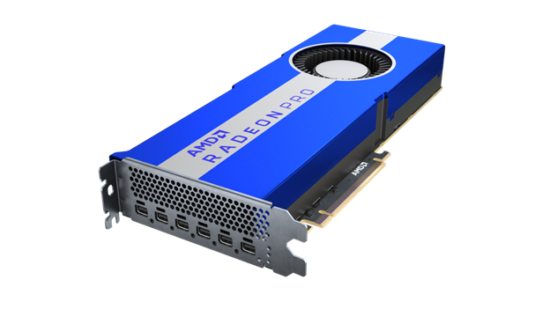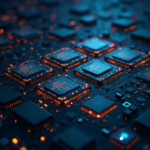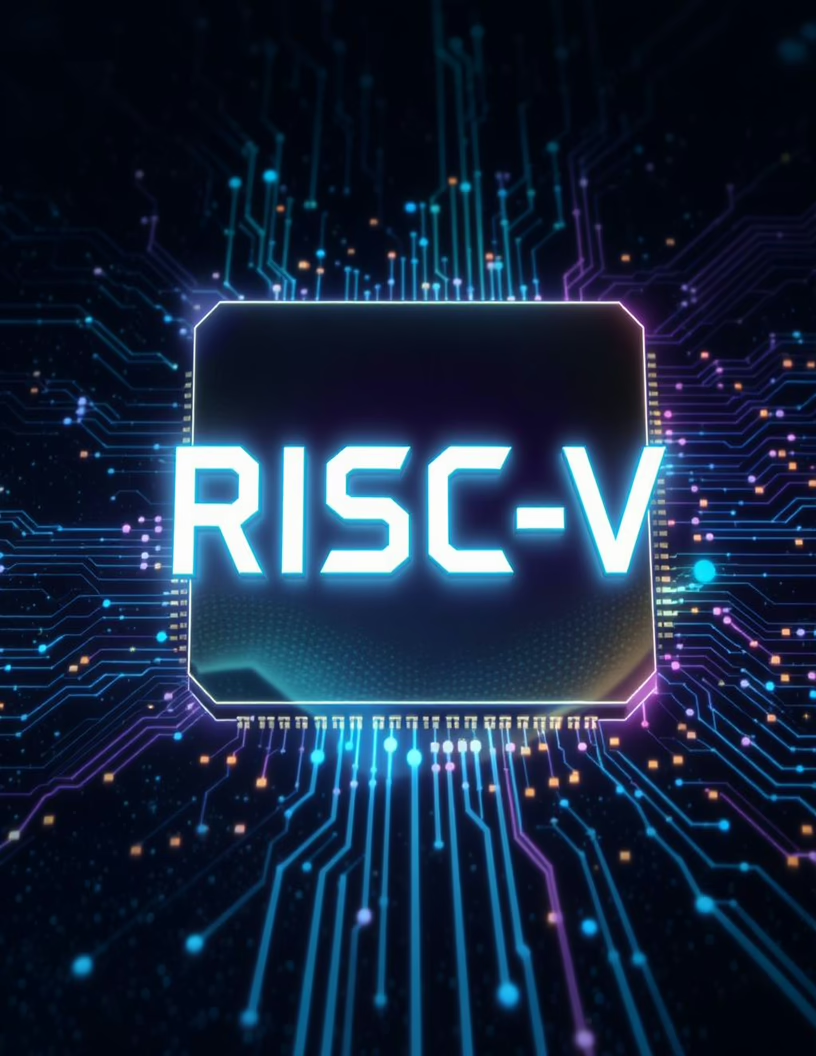A top-end Vega-based AIB for the professional segment.
With AMD’s Navi GPU beginning to fill out the Radeon Pro line in 2020, you’d think the next professional GPU launched would be a Navi AIB, particularly if that AIB was targeted at the high end of the market. But you’d be wrong, because AMD’s Radeon Pro 7, launched in the spring of 2020 leverages the previous generation.

Why Vega? The Radeon Pro 7’s claim to fame—the primary feature it showcases—is double-precision floating-point arithmetic, not just in being able to do it, but to do it at a minimal performance penalty. And fast double precision is where Vega shined, as Navi RDNA (at least in its first incarnations) downgraded double precision performance to focus on single precision (as many GPUs sensibly do). Think of examples in financial modeling, scientific computation and engineering simulations, as well as other GPU compute applications.
By leveraging Vega and supporting both single and dual GPU configurations, AMD can claim a maximum peak throughput of 13.1 TFLOPS of double-precision math, significantly beyond Nvidia’s current (but older) Quadro that focuses on double-precision, the GV100.

The Radeon Pro 7 does present an interesting opportunity for AMD, albeit for a small chunk of the market. As discussed, most professional GPU—even some higher end SKUs like both Navi (again, at least first incarnations) Radeon Pros as well as Nvidia’s Quadro RTX 4000 and 5000—will intentionally downgrade double-precision performance, as one, it’s expensive to implement at high throughput, and two, it’s a requirement for only a few application spaces (though in those spaces it can be an absolute must-have). So yes, the Radeon Pro 7 can offer significantly better double-precision price-performance with one AIB and better all-out performance with two. One caveat, while the Radeon Pro 7 may in common usage be fairly power efficient, it is rated with a TDP (Thermal Design Power) of 250 watts, which is equivalent to one Quadro GV100. And that means it will need 500 watts of power supply (for worst case) in the dual GPU configuration.





